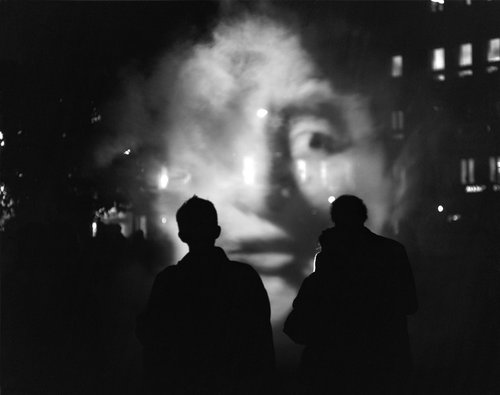The Influence Machine
Tony Oursler
01 November 2000 - 12 November 2000
Tony Oursler
Blurring the boundaries between the organic and the artificial, the work of renowned New York artist Tony Oursler has awed and unsettled spectators in cities around the world.
He's perhaps best known for his use of video footage of human faces projected onto spheres, dolls and other three-dimensional surfaces. The results are riveting: sculptural objects that seem to be alive, returning your startled gaze as they mutter, twitch and scream. Psychological disorder, the relationship between mass media and the human mind, youth culture and wireless communication are among the themes evoked and explored in Oursler's vividly surreal imaginings.

The Influence Machine
The Influence Machine is part of The Artangel Collection. Since its initial presentation in 2000, the work has been re-presented multiple times, including at the Whitworth, The University of Manchester in 2011, George Square Gardens, The University of Edinburgh in 2016 and Birmingham Cathedral in 2017.
- Artist: Tony Oursler
- Title: The Influence Machine
- Date: 2000
- Medium: Video, multiple projections, sound and smoke
- Dimensions: Overall display dimensions variable
- Duration: variable
- In the Artangel at Tate Collection








